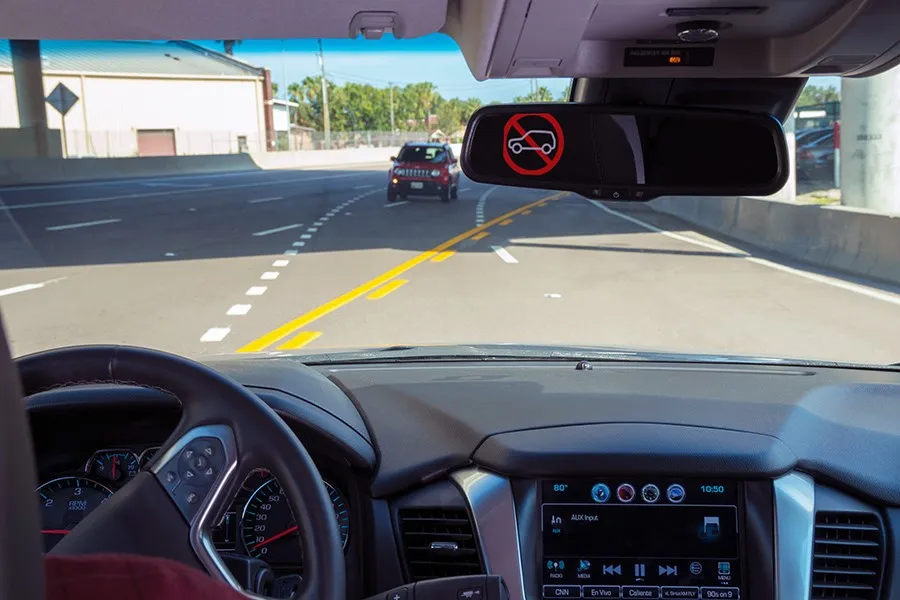While global sales of German autos are buoyant, significant efforts are underway to expand the emobility infrastructure in Germany. Several projects now support the implementation of alternative drivetrain concepts. Four new model regions were recently selected by the federal government. In total they will be granted up to US$235 million to implement pilot and demonstration projects to showcase cutting-edge technology.
May 8, 2012
Read time: 2 mins
While global sales of German autos are buoyant, significant efforts are underway to expand the emobility infrastructure in Germany. Several projects now support the implementation of alternative drivetrain concepts. Four new model regions were recently selected by the federal government. In total they will be granted up to US$235 million to implement pilot and demonstration projects to showcase cutting-edge technology.
"From suppliers to manufacturers to researchers, Germany's automotive industry is drawing companies from all over the world. Not only can businesses serve the largest market in Europe, they can also gain a first-mover advantage in areas like emobility and fuel efficiency, while finding an excellent infrastructure," said Emilio Brahmst, automotive industry expert at Germany Trade & Invest, the foreign trade and inward investment promotion agency of the Federal Republic of Germany
The education system in Germany also supports new developments in the auto sector. Universities, research institutes and companies work together on the latest innovations. At the same time, the so-called dual education system emphasises trades that are critical to the sector. The city of Hanover, for example, launched an apprentice programme last month to teach its 1,260 students alternative drivetrain technologies.
"The auto industry is the hallmark of German innovation. Nearly 40 per cent of companies conducting research in Germany are from the USA, many of them in this sector. In the current environment, we see excellent opportunities for companies to invest," said Brahmst.
"From suppliers to manufacturers to researchers, Germany's automotive industry is drawing companies from all over the world. Not only can businesses serve the largest market in Europe, they can also gain a first-mover advantage in areas like emobility and fuel efficiency, while finding an excellent infrastructure," said Emilio Brahmst, automotive industry expert at Germany Trade & Invest, the foreign trade and inward investment promotion agency of the Federal Republic of Germany
The education system in Germany also supports new developments in the auto sector. Universities, research institutes and companies work together on the latest innovations. At the same time, the so-called dual education system emphasises trades that are critical to the sector. The city of Hanover, for example, launched an apprentice programme last month to teach its 1,260 students alternative drivetrain technologies.
"The auto industry is the hallmark of German innovation. Nearly 40 per cent of companies conducting research in Germany are from the USA, many of them in this sector. In the current environment, we see excellent opportunities for companies to invest," said Brahmst.








